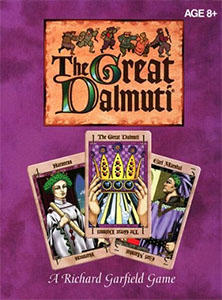Film Banging: Avengers – Alien
As in our previous installments, the standard disclaimer about using linear mediums as an example for running RPGs definitely applies: We know how these scenes end in the original movie, but if this were an actual RPG each scene could end in any number of ways.
It’s been awhile since we banged Alien, so you might want to review The Art of Pacing before we dive into The Matrix as a way of understanding how bangs can be used.
SCENE 1 – BANG: “You’re strapped to a chair. Electrodes have been attached to your head.”
The agenda is: Will Morpheus break?
This particular scene – the interrogation of Morpheus – is heavily broken up using the technique of simultaneous scenes: This single scene will thread its way through multiple scenes with Neo and Trinity. As it progresses, there are a number of interesting techniques to notice.
First, the Wachowskis use a series of escalating bangs. The injection of the silver fluid into Morpheus’ neck. The agent entering to say, “There may be a problem.” Agent Smith telling the other agents to, “Leave us.” And so forth. Note that, frequently, the Wachowskis will cut on the bang.
Note that the stakes for this scene’s agenda are laid in the next scene: If he breaks, he’ll betray the location of Zion and the war will be lost. This is an example of crossover. There’s an interesting effect achieved here by cutting on the bang, using a simultaneous scene to establish necessary exposition, and then returning to the original scene: It keeps the tension in the moment high while clearly communicating the stakes.
Another great example of crossover is when Agent Smith removes his earpiece. That moment both escalates the stakes in this scene while simultaneously having consequences in the simultaneous scenes playing out with Neo and Trinity (since he takes himself “off the grid”).
SCENE 2 – BANG: “You’re going to kill him. Kill Morpheus.” “It has to be done.”
The agenda is: Will Neo believe the Oracle?
Superficially the scene seems to be about whether to unplug Morpheus or rescue him, but that decision is pretty firmly subservient to the question of whether or not Neo will believe the Oracle; whether or not he will embrace the choice she says he’s capable of making.
The other thing to note here is that this agenda is not resolved at the end of this scene. The question of whether or not Neo will believe the Oracle remains unanswered for several more scenes as the stakes continue to escalate.
SCENE 3 – BANG: “Okay. So what do you need? Besides a miracle.”
The agenda is: What is Neo’s plan?
This is a pretty simple, very short, and extremely effective color scene. Viewed from one angle, it’s actually a very simple example of the principle of the second lull: The first lull happens when Neo asks for, “Guns. Lots of guns.” The hypothetical GM doesn’t leave the scene, however. Instead we sustain through Trinity escalating the stakes (“No one has ever done something like this.”). Once she’s done that, we hit a second lull and the hypothetical GM cuts away.
SCENE 4 – BANG: The metal detector beeps.
The agenda here is: Can they rescue Morpheus?
This bang is a beautiful example of understatement. You know he’s loaded to bear. The stakes have been cranked up repeatedly over the last 5 minutes of the film. So the only thing you need to trigger an explosion of awesome is a simple beeping noise.
This scene, as combat, is obviously a textbook example of slow time… quite literally so with the Wachowskis’ use of bullet time and slow motion cinematography.
This is not the end of the scene.
Instead, we sharp cut back to the interrogation of Morpheus multiple times over the next minute or so in order to smoothly use abstract time while hitting the interesting beats of this scene. (“I think they’re trying to save him,” it should be noted, is another example of crossover.)
And the scene still isn’t over. This single combat sequence has flowed smoothly from lobby to elevator to roof. But I want to call attention to this interaction:
Trinity: How did you do that?
Neo: Do what?
Trinity: You moved like they do. I’ve never seen anyone move that fast.
Neo: Not fast enough.
It’s a short little beat, but notice that this is a callback to the agenda of Scene 2. The question of whether or not Neo would believe the Oracle was left unresolved.
Let’s call this an agenda echo. If this were an actual RPG session, the players of Neo and Trinity would have been the ones to introduce this particular echo. But as a GM you can also use little mini-bangs like “I’ve never seen anyone move that fast” to call back unresolved agendas that are haunting your session.
At this moment, all the crossover elements that have been getting sprinkled through these scenes are abruptly brought to a climax as both scenes are resolved simultaneously and we discover that “Will Morpheus break?” and “Can they rescue Morpheus?” are actually both the same question. (Or, at least, both have the same answer.)
This true unification of two simultaneous scenes into a single conclusion answering both agendas won’t happen often, but when it does the payoff is huge and immensely satisfying.
Before the scene comes to an end, however, the mini-bang of “He’s not going to make it” triggers another seemingly impossible feat that calls back to whether or not Neo is the One. This moment lasts from “I knew it, he is the One” until Morpheus asks, “Do you believe it now, Trinity?” Which is, in itself, an incredibly elegant moment because the Wachowskis are layering in the Trinity/Neo love story. And that love story is also linked to the question of Neo being the One (due to the prophecy the Oracle gave to Trinity).
SCENE 5 – THE BANG: “They’re not out yet.”
The agenda is: Will Neo escape?
Note the interesting technique here of delivering the bang at what is essentially the end of the previous scene and then performing a sharp cut to the scene itself. I’d never really considered doing something like that in an RPG until just now, but I think it has a lot of potential.
A little later in this scene there’s an escalating bang when Trinity says, “I want to tell you something… Everything the Oracle told me has come true. Everything but this.” This has the effect of connecting this scene to the escalating meta-scene of, “Will Neo believe the Oracle?”
SCENE 6 – THE BANG: “Agent Smith shoots the phone. Trinity just barely escaped. But your exit has been destroyed.”
This is a new bang. And what makes this scene particularly fascinating is that it links, “Will Neo believe the Oracle?” explicitly to “Will Neo escape?” through his physical mastery of the Matrix and his interactions with the agents. (“He’s beginning to believe.”)
Now all of these agendas – Will Neo escape? Will Neo defeat Smith? Will Trinity love Neo? Will Neo believe the Oracle? Will Neo become the One? – have been welded into a single mega-agenda. Everything between this moment and Neo’s escape from the Matrix is a single scene despite, once again, a multitude of location shifts. (Note that the individual agendas will be knocked down one at a time as we build to the culmination of the mega-agenda: Neo abandons the identity of Anderson. Trinity confesses her love. Neo ascends the rules of the Matrix. Neo defeats Smith. Neo escapes.)
The other thing of interest here is how this single combat scene flows fluidly across all four types of pacing timing: Slow time during the fight in the subway. Then a sharp cut to the street corner where Neo steals a phone. Now time from that moment until he reaches the crowd, then a shift back to slow time for the chase through the apartment building. Abstract time moves him to the hotel, now time takes him into the hotel, and then a final culmination of slow time (once again emphasized with actual slow motion) as he enters the hotel room (and lasting until the EMP blast).
SCENE 7 – THE BANG: “The Proximity Alarm screams. There are Sentinels. You’ve got five, maybe six minutes.”
One could argue that this is actually the same scene despite its completely different locale (since the agenda is so closely linked), but in practical terms this is probably another simultaneous scene with multiple crossovers (Tank’s assistance, the need for Neo to escape before the EMP blast, Trinity’s kiss) that serve to raise the stakes in Neo’s mega-agenda scene.
CONCLUDING THOUGHTS
About 15 years ago, there was a time when The Matrix pretty much perpetually lived in my DVD player. I was living in a studio apartment at the time and, whenever the mood would strike me, I’d hit the play button and let the movie spool out. I’ve probably watched the movie – with varying degrees of attention – several hundred times. Like pretty much everything the Wachowskis have done, it’s a brilliant and revolutionary piece of cinema.
Back in 2007, I mentioned the movie as part of Random GM Tips: Running Combat. I recommended that GMs watch movies like The Matrix – or 300 or Crouching Tiger, Hidden Dragon – while narrating the action as it occurred on the screen; as if they were describing it to their gaming group. The idea was that it would build your action vocabulary, break you out of your habits, and expand the dynamic range of your combat descriptions.
My initial intention in film banging The Matrix was primarily to focus on how they wove scenes – particularly combat scenes – across multiple locations. As I began breaking the film apart, however, I discovered just how much the Wachowskis also had to teach me about effective pacing. I was not anticipating the creation of new concepts like agenda echos, meta-scenes, mini-bangs, and mega-agendas when I started writing this essay. I’m not even entirely sure how best to realize some of these incredibly complex ideas at the gaming table.
Which I guess, ultimately, brings me back to what I said at the beginning of The Art of Pacing: RPGs are a fresh-faced medium. And we still have a lot to learn about how to master this new art.
Go to The Art of Pacing

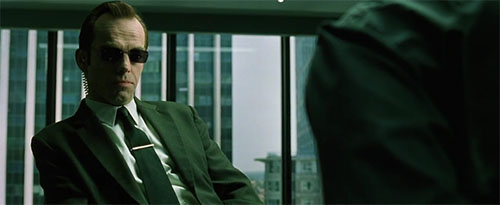
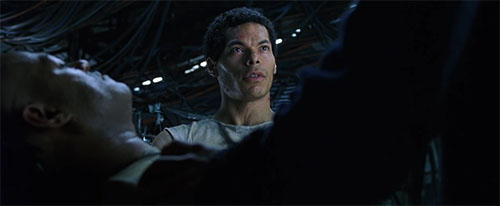
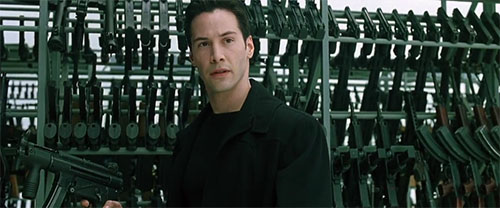

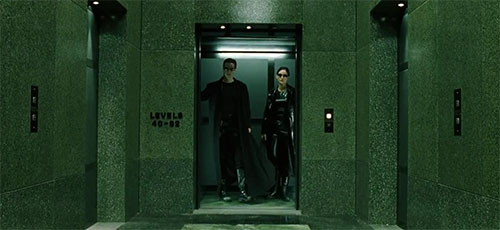
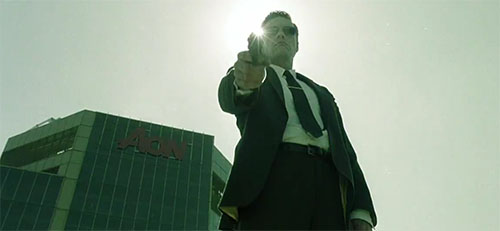
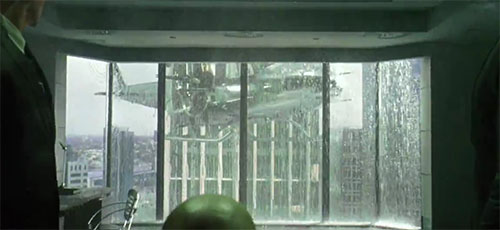
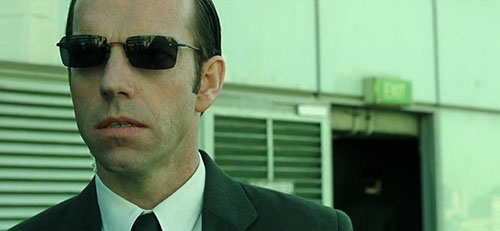
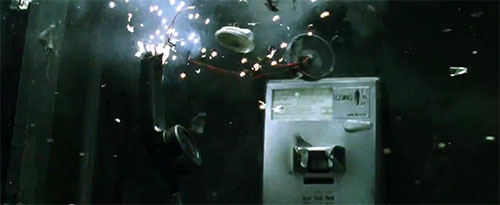
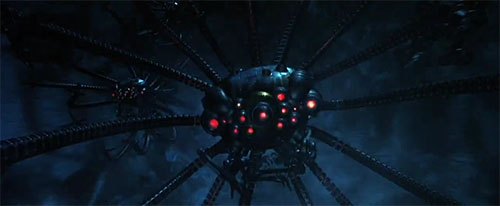
 You may have heard that the word “geek” was originally used to describe circus freaks who would entertain the crowd by biting the heads off of live fish (or some other bizarre feat).
You may have heard that the word “geek” was originally used to describe circus freaks who would entertain the crowd by biting the heads off of live fish (or some other bizarre feat).